The United Arab Emirates is a newcomer to space. Not so long ago, they did not even have their own space agency. However, it was the UAE that became the first Arab country in history to have an automated rover reach Mars. The space court, a colony on Mars, a lunar rover, and other plans of the UAE to conquer space are in our article.
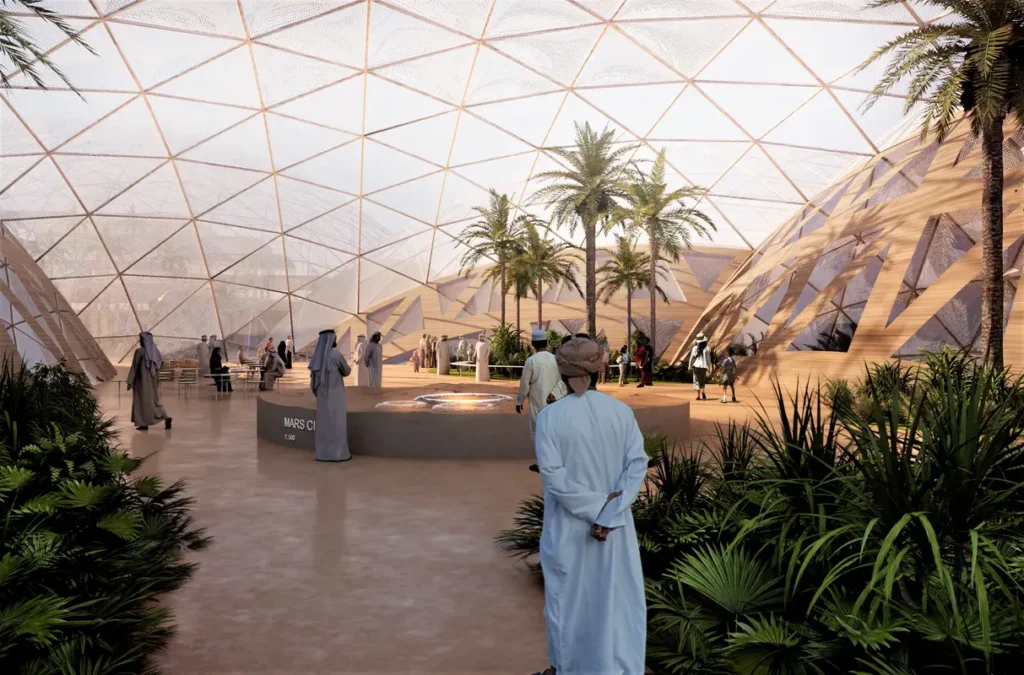
The first steps
Although the United Arab Emirates has a long history, the state in its present form was founded only in 1971. The unification of the sheikhdoms (principalities) that had previously been under British protectorate, as well as the rise in world prices for oil and petroleum products, made it easier for the new state to take its first independent steps in the field of economy and foreign policy.
While still forming their political system, UAE hurried to announce their ambitious plans to become one of the world’s centers for the development of science and technology, particularly in the space sector. This was quite an ambitious goal, given that none of the emirates had any experience in space exploration, while many historic space events have already taken place on the world stage — including landing on the Moon.
But this did not stop UAE President Sheikh Zayed bin Sultan Al Nahyan. He held several meetings with NASA representatives, and in February 1976, three members of the Apollo 17 crew visited the Emirates. The astronauts presented the Sheikh with a piece of lunar soil and a model of the space shuttle.
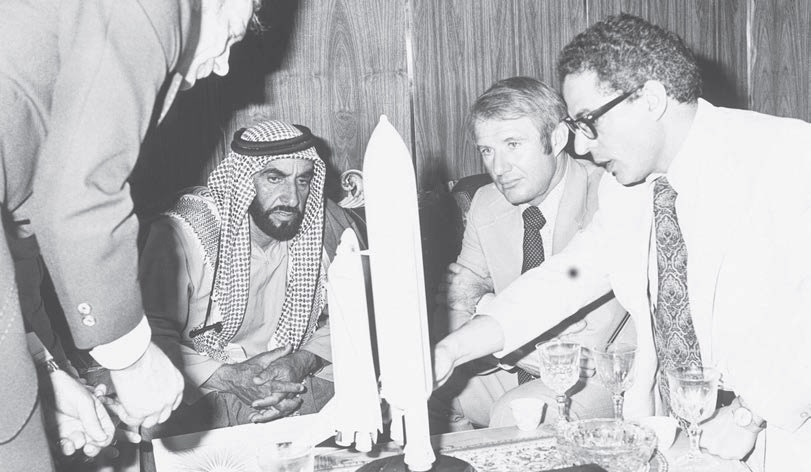
The interest of the country’s top leadership, as well as the sheikh’s personality, stimulated interest in space in the country. The UAE has chosen an unconventional “path to the stars” — it is not about creating a launch vehicle, the ups and downs of inexperienced engineers and scientists. Instead, there are ambitious projects, strong international partners, and strong government support. Another feature of the space program is that the Emirates has never had any military space projects, preferring peaceful space exploration.
Space program
Since the beginning of this century, there has been a new round of interest in space in the UAE. The country has signed the main international space document — the Outer Space Treaty and other thematic UN documents.
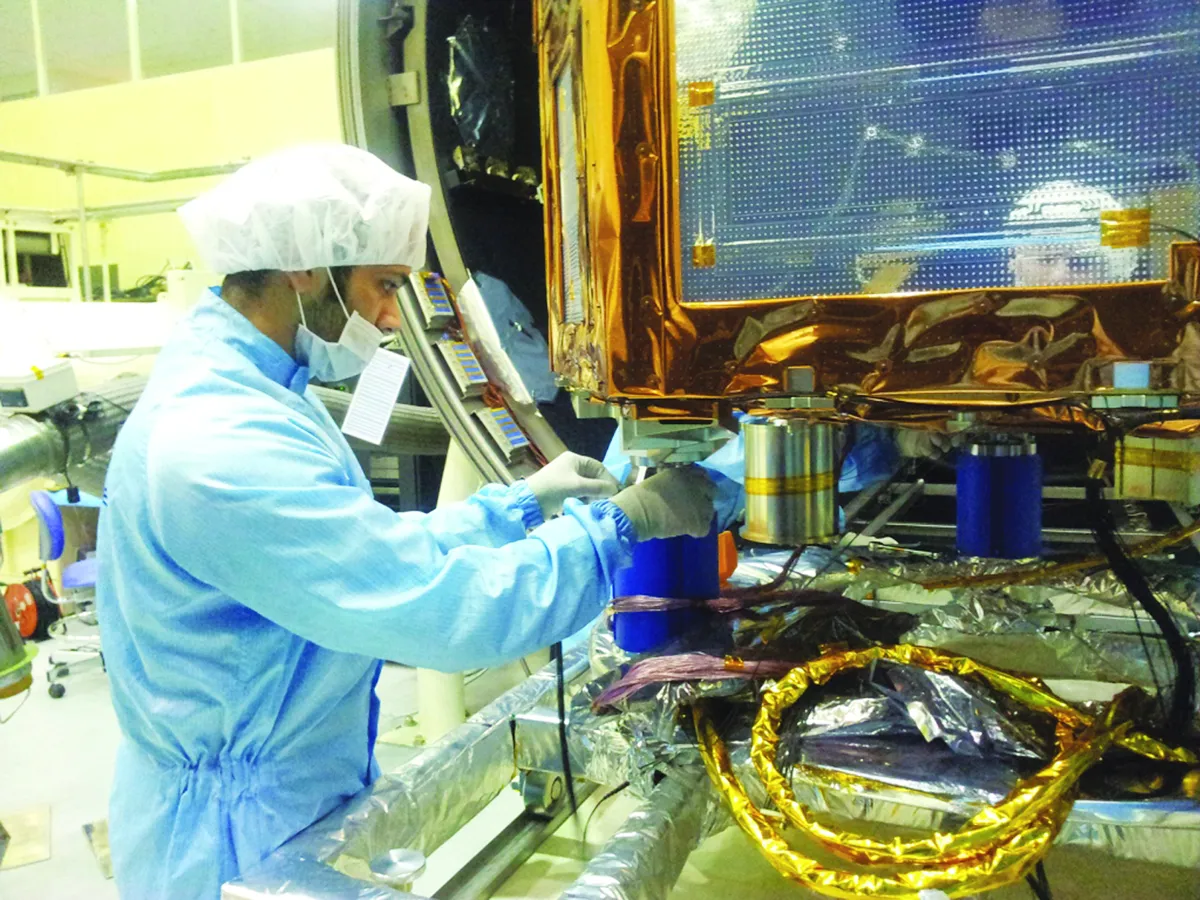
DubaiSat-1 satellite
In 2008, Abu Dhabi’s sovereign wealth fund Mubadala financed the founding of Yahsat Company, which is now one of the ten largest satellite companies in the world. Yahsat launched its first communications satellite in 2011 and has since launched two more. The most recent, Al Yah 3, was launched in January 2018 and provides K-band coverage to 95% of Brazilians.
The Mubadala Foundation also invests in space projects around the world. In particular, it was one of the main investors in Virgin Galactic before 2019, when the company successfully conducted an IPO on the New York Stock Exchange.
The state structure of the UAE, which is a federation with two dominant emirates, has also influenced institutional features in the space sector. The authority to implement space policy is divided between the two largest emirates, Abu Dhabi and Dubai.

The Mohammed bin Rashid Space Center is located in Dubai. The main areas of its work are training of Emirati astronauts, satellite control and missions to explore Mars and the Moon. The center was founded in 2006, and three years later it presented the DubaiSat-1 satellite, mainly developed in Korea, which was launched into orbit by the Ukrainian rocket Dnipro. In 2013, DubaiSat-2 was launched, this time jointly developed by South Korea and the UAE. Five years later, KhalifaSat (DubaiSat-3) was launched, which was entirely Emirati. The first Emirati astronaut, Hazzaa al-Mansouri, entered orbit in 2019 on the Soyuz MS-15 spacecraft.
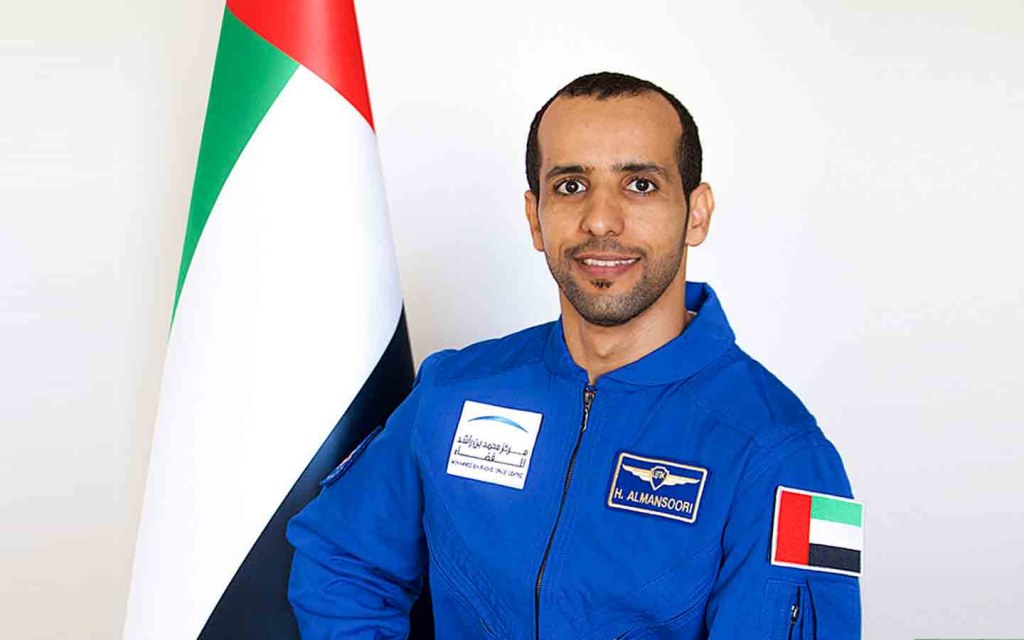
Since 2014, Abu Dhabi has had a space agency responsible for the strategic development of the UAE space industry. The main tasks of the agency are to establish international cooperation in space, develop science, prepare a national strategy and coordinate space activities. The country has signed bilateral cooperation agreements with all key players in space exploration.
The Emirates initiated the creation of the Pan-Arab Space Agency, an intergovernmental organization that could deal with the development of civil space in the region. Although the UAE failed to mobilize its neighbors with much weaker space ambitions, it did achieve some results, securing its role as a space leader in the region.
The course to Mars and the Moon
The construction of a spaceport, space tourism, and a colony on Mars are just part of the UAE’s ambitious plans. The projects are impressive in their scale. However, after the country’s success in exploring the Red Planet, there is no room for doubt — the goals will be achieved.
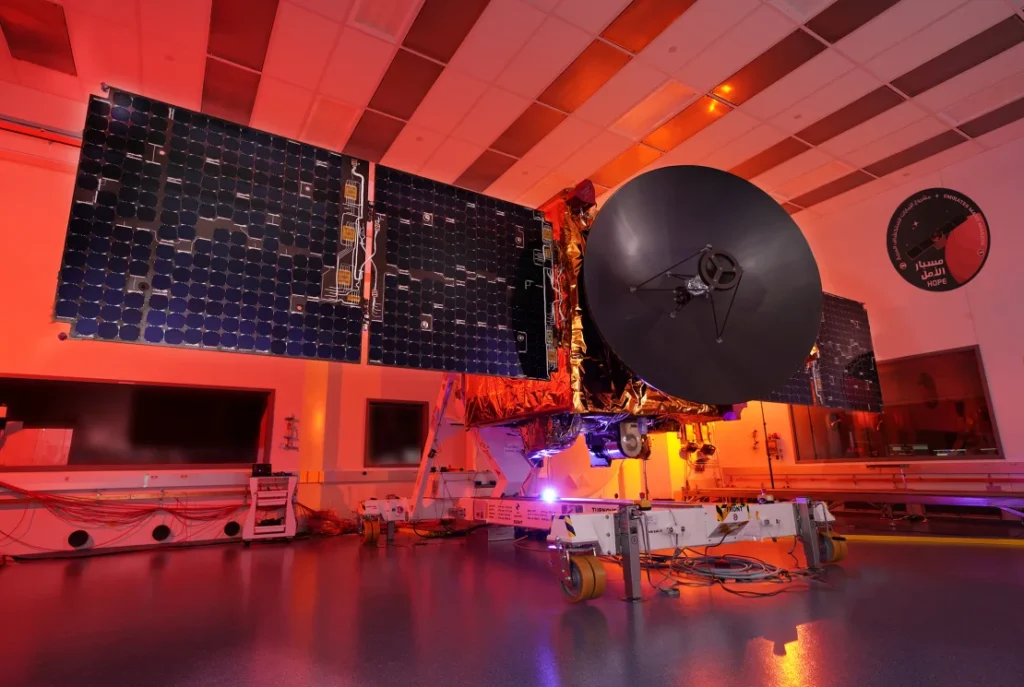
The Emirates presented a project to launch the first Arab probe, Al-Amal (Hope), to Mars just a year after the space agency was founded. The mission was launched in 2020 and reached the Red Planet in 2021, on the 50th anniversary of the country’s independence. Thus, the UAE became the fifth country to launch its spacecraft into an areocentric orbit.
The colonization of Mars by Arabs is scheduled for the distant year 2117, but the first steps on this path have already been taken. In the desert near Dubai, construction has begun on a scientific laboratory called Mars Science City, which will simulate the conditions of the Red Planet: the UAE desert has much in common with its barren surface. The settlement, which is the size of thirty football fields, will be home to researchers and astronauts. All buildings and facilities will be located under glass domes made on 3D printers.
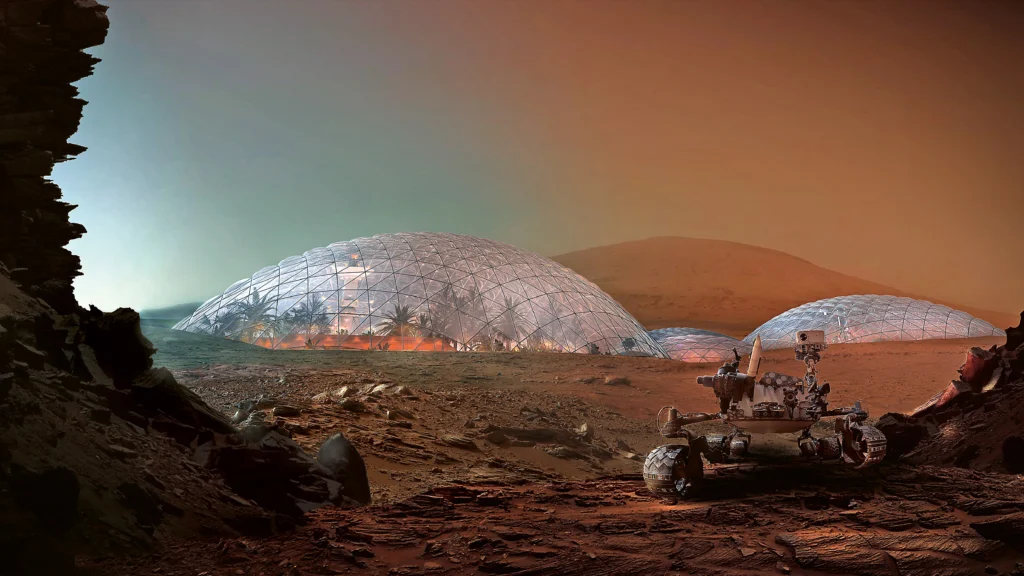
The researchers will study how to grow food in harsh terrain, which is a valuable experience for the UAE given that the country imports more than 80% of its food. Experiments using the latest technologies such as 3D printing, artificial intelligence and robotics are also planned. The complex will become an important laboratory for young Emiratis interested in science and technology.
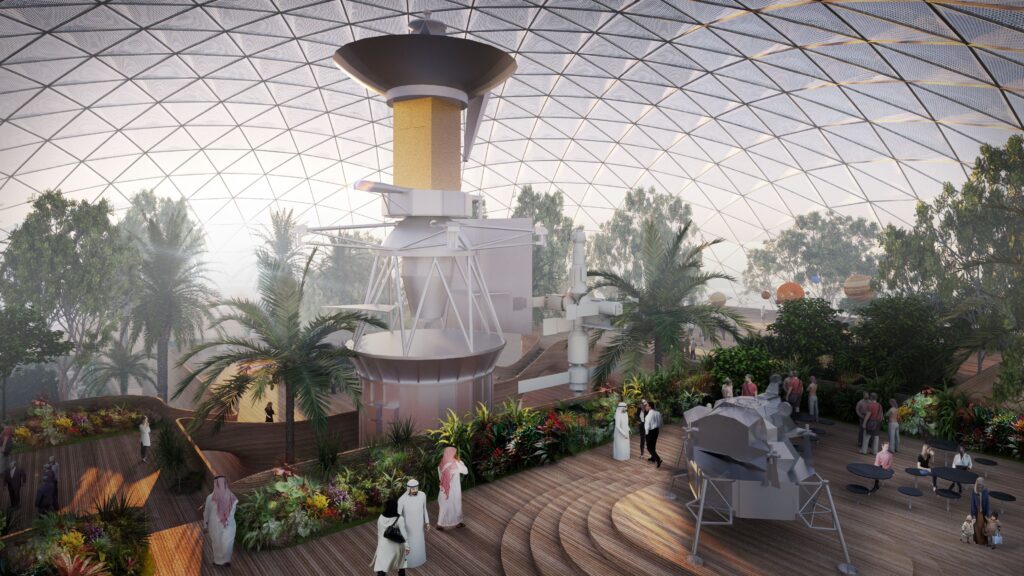
Another major project is the Emirates Lunar Mission. During this mission, a lunar rover with scientific equipment will be sent to the Earth’s natural satellite. The initial flight schedule called for sending the vehicle to the Moon in 2024, but in April 2021, it was announced that the launch date would be shifted to 2022. The device will be launched as part of the US Artemis project to land humans on the Moon.
Space as a catalyst for investment and innovation
Historically, the UAE’s economy was based on hydrocarbon exports, tourism, and logistics. Today, the state is diversifying, and space plays an important role. The new space economy, according to Sarah Al Amiri, the UAE’s Minister of Advanced Technologies, should rely on the private sector, to which the state will transfer the experience gained over the past 15 years, and breakthrough technologies are possible only if business, science and investors, both national and foreign, work closely together.
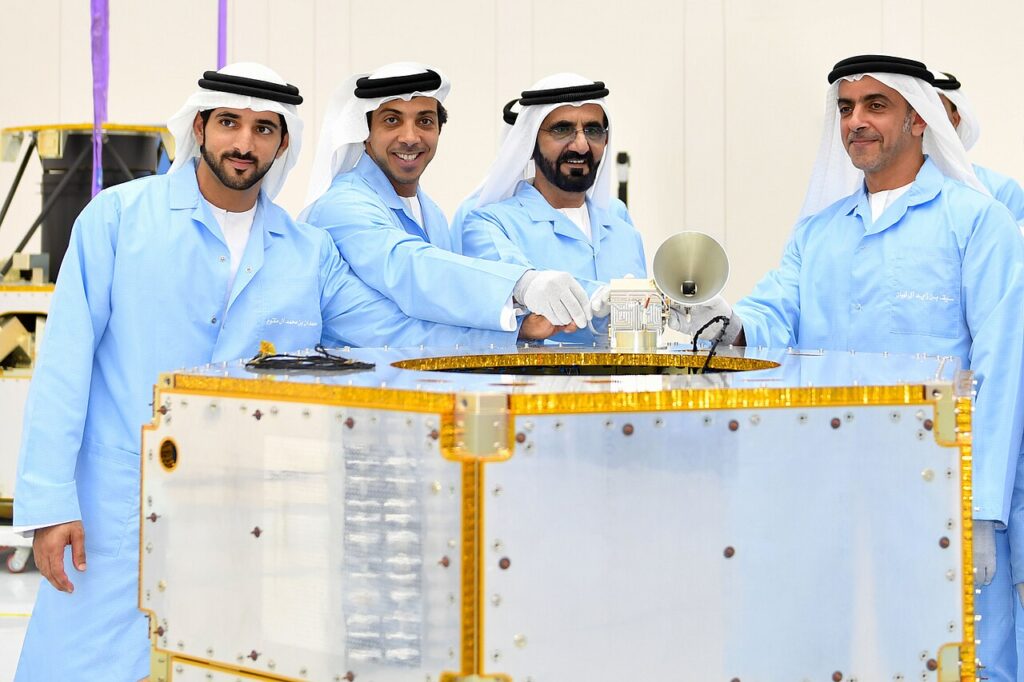
The globalization of space is well illustrated by the story of the UAE’s MySat-1 CubeSat satellite. It was created by students of the Khalifa University of Science, Technology and Research in Abu Dhabi in partnership with Yahsat. In 2019, it was delivered to the ISS by the Cygnus spacecraft of the American company Northrop Grumman, and launched into the specified orbit by the External NanoRacks CubeSat Deployer. Similarly, in February 2021, MySat-2 was developed and launched into orbit. This is what a thriving global space ecosystem looks like — research, business, and innovation coming together to succeed in space and bring those benefits back to everyday life on Earth.
Another “brick” for the development of the space ecosystem is a regulated legal framework. The UAE has initiated changes to existing legislation on the extraction of resources in space, regulation of space debris, and logistics. Each of these areas has both commercial potential and is an important link on the way to colonizing the Moon and Mars.
All commercial disputes in Earth orbit will be settled in the UAE’s “space court,” which was announced earlier this year. In particular, the new arbitration court will specialize in the space activities of private companies (for example, disagreements over the purchase of satellites or collisions of devices in orbit).
The UAE has 44 free economic zones offering infrastructure, as well as favorable ownership and taxation rules, to attract entrepreneurship and innovation. For example, NanoRacks has an office in Hub71, a technology incubator in the Global Market free market zone in Abu Dhabi.
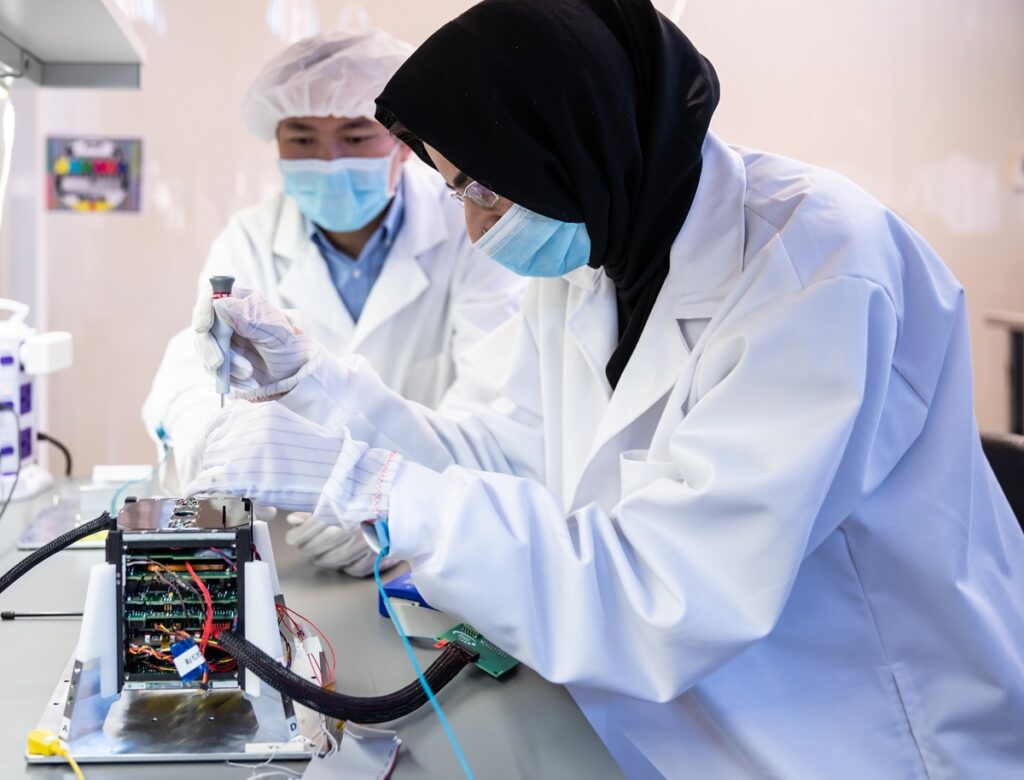
However, according to Arab strategists, finance and innovation are not enough: another key component of success in space exploration is human resources. The UAE is actively promoting STEM professions, and one of the goals of the Mars mission is to inspire the younger generation to work in science and technology. According to previous reports, there are already results. Five UAE universities have launched new bachelor’s degree programs in science, more people are registering for existing degrees, and a special program to engage schoolchildren in Mars exploration has involved 50,000 secondary and primary school students and about a thousand teachers.
Advanced research institutes and an ambitious space program help the UAE attract talent not only from within the country but also from across the Middle East. The government’s decision to turn the UAE into a space power has already inspired many young people to pursue careers in the tech sector and continues to attract the smartest youth from across the Middle East to Dubai. And under such conditions, we will hear about the space achievements of the United Arab Emirates more than once.
Author: science popularizer, PhD in History Natalia Borotkanych
This article was published in #6 (187) 2021 of Universe Space Tech magazine. You can buy this issue in electronic or paper versions in our store.


